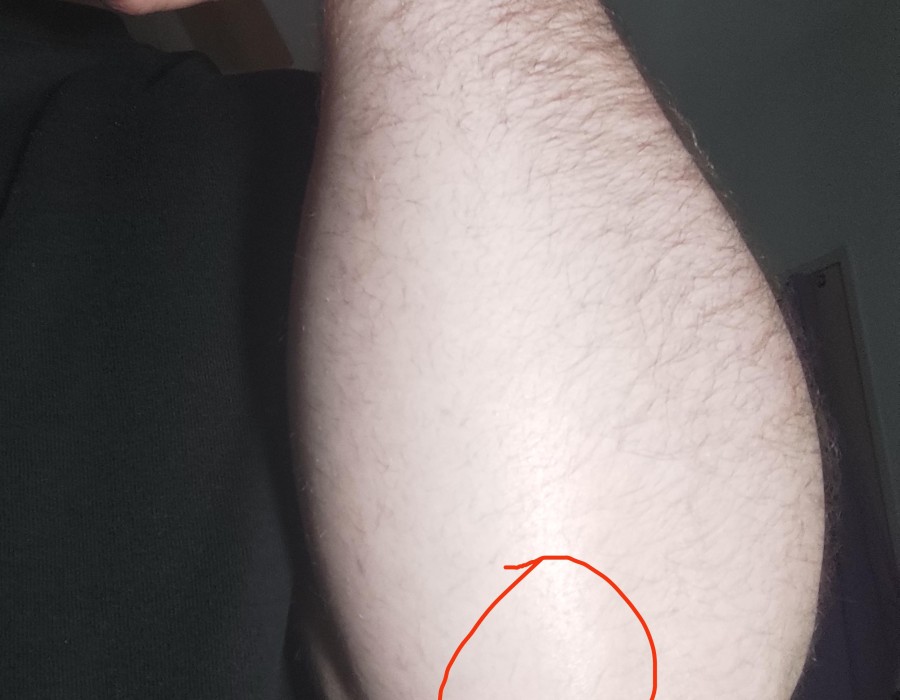Lipomas are soft, fatty lumps that appear just beneath the skin. They are usually painless and can feel somewhat squishy. People often discover lipomas accidentally when they notice a lump while dressing or during a routine check-up. Though they’re not cancerous, lipomas can sometimes cause discomfort or be bothersome, leading many to consider treatment options. So, what does the treatment journey for lipomas look like?
The Road to Recovery: Lipoma Treatment
When it comes to Lipoma Treatment in Dubai, the good news is that there are several options available. This makes it easier for patients to choose a path that aligns with their needs. The most common approach is surgical removal. Surgeons can promptly remove the lipoma in an outpatient setting, often with minimal downtime. After the surgery, some swelling may occur, but most people bounce back quickly and can return to normal activities.
Non-Surgical Options
While surgery is the go-to solution, it isn’t the only option out there. For those who want to avoid surgery, there are alternatives like liposuction or injection treatments. Liposuction involves removing the fat through a small tube, leaving little to no scarring. However, it may not completely eliminate the lipoma. Alternatively, certain injections aim to shrink the lipoma. These treatments may appeal to those weighing all their options and looking for something less invasive.
When is Treatment Necessary?
Many people wonder if lipomas need treatment at all. Most lipomas aren't harmful and don’t require intervention unless they become painful or bothersome. If your lipoma doesn’t cause any issues, you might choose to leave it alone. However, if size or location impacts your comfort or self-esteem, seeking treatment could be a good option.
Managing Expectations
It’s essential to keep your expectations realistic when considering lipoma treatment. While many achieve great results, recovery times can vary. Some might feel discomfort in the days following surgery, while others might bounce back almost instantly. Your doctor will provide guidance on what to expect after your specific procedure, so it’s wise to ask questions and clarify any uncertainties.
Post-Treatment Care
After undergoing treatment, taking care of yourself helps to ensure a smooth recovery. If you choose surgical removal, your incision will require cleaning and care to prevent infection. You might be given specific instructions from your healthcare provider, so adhering to these guidelines is vital. If you experience any unexpected pain or symptoms, it’s essential to reach out to your doctor. This level of communication can provide peace of mind during your recovery.
Lifestyle Considerations
Maintaining a healthy lifestyle can help prevent future lipomas from forming. Balancing your diet and exercising regularly can improve your overall well-being. While there's no guaranteed way to stop lipomas from coming back, creating healthier habits might play a role. Some people find it helpful to stay aware of their body’s changes. If you notice any new lumps, it's worth discussing with your healthcare provider.
Embracing Support Systems
Embarking on any treatment journey can feel overwhelming; however, you don't have to face it alone. Leaning on friends and family for emotional support can ease your feelings as you navigate the process. They can be there to listen, encourage, and help with practical matters like transportation to appointments. Participating in forums or communities focused on health can also connect you with others who share similar experiences.
The Bright Side
Ultimately, the journey through lipoma treatment can lead to a sense of relief and renewed confidence. With various options available, you can choose the path that feels right for you. Many people find that removing a lipoma—whether surgically or through other treatments��can improve self-image significantly. Remember, what feels intimidating now may turn out to be a process of empowerment and self-discovery in the long run.
Conclusion
Navigating the world of lipoma treatment can seem daunting, but understanding your options is a step in the right direction. Whether you opt for surgical removal or choose a less invasive approach, make sure to communicate openly with your healthcare team. Healing and recovery are personal journeys, and many find comfort in knowing they have support along the way. Embrace the path to recovery, and look forward to a new chapter where you feel your best.





Comments